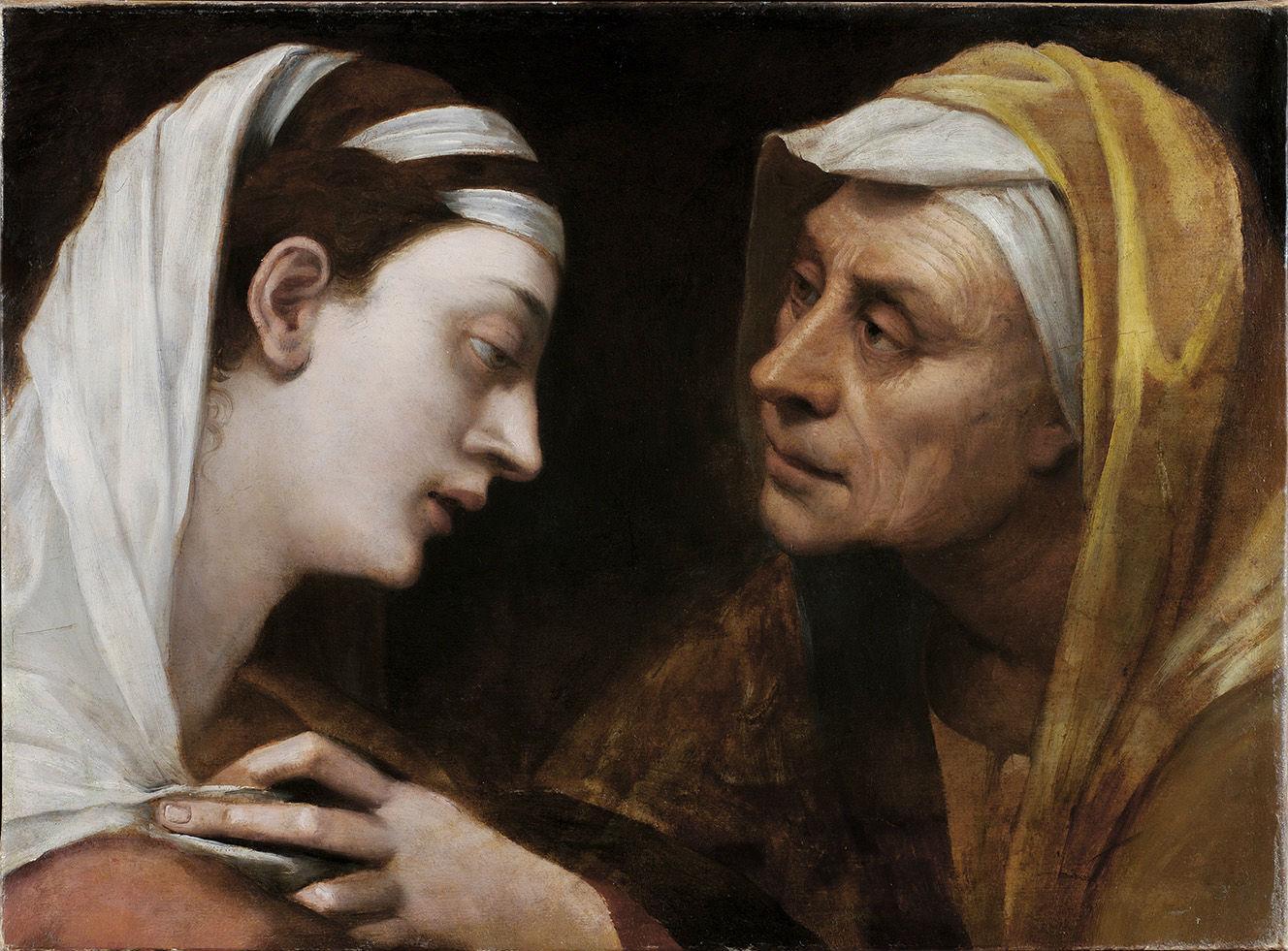Michelangelo & Sebastiano, National Gallery, London, review: In part, their collaboration was tactical
The relationship between two great Italian masters, Michelangelo and Sebastiano del Piombo is explored through their artworks and letters to each other, but the exhibition doesn’t work because their talents are unequal

How can you possibly go wrong with Michelangelo? Do not the words universal genius hang on everyone’s fevered lips? And yet this exhibition has gone slightly – not wholly – wrong. Is it the lighting, the staging, the colour (grey) of the walls, the feeling that the hang is a bit too stiffly academic for its own good? Or is it that some of the works themselves are not quite as good as we might wish them to be? A little bit of all those things. For various reasons, from first to last, this show, though deeply religious in content, does not cause the spirits to soar. In fact, it feels a little gloomy, dogged and sepulchral.
The principal problem is that there are mainly two artists represented here, and their talents are unequal. The exhibition is the story of their working relationship, of a friendship which lasted 25 years, and then ended rather abruptly with a technical squabble over the painting of a section of the Sistine Chapel ceiling. Sebastiano, a Venetian, was the younger by ten years. Being Venetian, he was an exuberant colourist. Michelangelo was quite different in his approach to making. He was a sculptor who worked piecemeal, doggedly, bit by bit, when making two-dimensional works. He never much relished the idea of lying on his back and painting that ceiling, day in, day out. Painting was for lesser beings.
The two men come together. In part, their collaboration was tactical. Michelangelo saw the promoting of Sebastiano as a way of thwarting the ambitions of his great rival, Raphael. The story of how all this plays out is a good one, and some of the most exciting works in the show are not pictures at all but letters exchanged between the two men, many from the Casa Buonarroti in Florence. Michelangelo was obsessive, conniving, tempestuous, extremely difficult.
But what of the art in this show, which consists of paintings, drawings and sculptures? Is Michelangelo too good for his young collaborator? Does he put him in the shade? Yes to both those things. But it is more than that. Too many of the not too many works here by Michelangelo are too familiar already. They belong to the National Gallery or the British Museum. They have travelled no distance at all to be here. There was supposedly a great coup that the publicist trumped prior to the event. The exhibition would include Michelangelo’s “Taddei Tondo”, a roundel in marble, an object which had not left its usual home in years! It was not made clear that this roundel has been on display in a niche on the top floor of the Royal Academy – less than a mile away from here – for years, tucked away behind a staircase. All was not quite as it seemed. The best works in the show are Michelangelo’s drawings of muscular male figures, and the most brilliant of these is a rendering of Christ flinging his right arm heavenward, borrowed from the Royal Collection in London. Sebastiano learns Michelangelo’s tricks, absorbs them into his own productions, but never quite thrills us enough. His draughtsmanship often falls a little short. Looking at his paintings, many very large, is a little like sipping at a cup of rather tepid tea.
Subscribe to Independent Premium to bookmark this article
Want to bookmark your favourite articles and stories to read or reference later? Start your Independent Premium subscription today.

Join our commenting forum
Join thought-provoking conversations, follow other Independent readers and see their replies